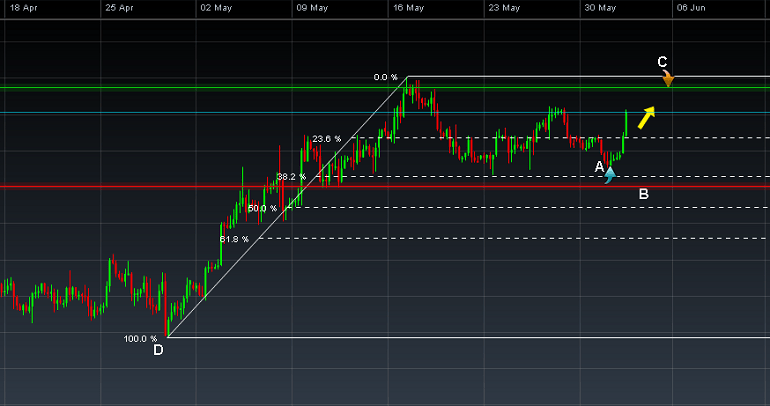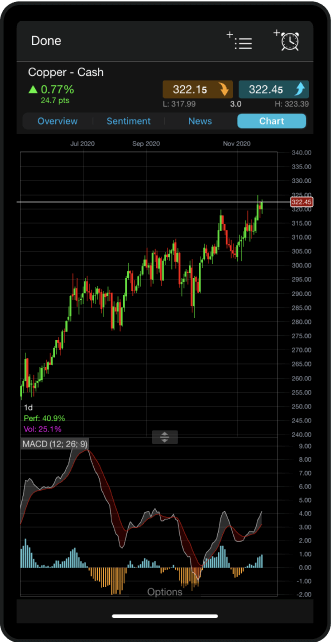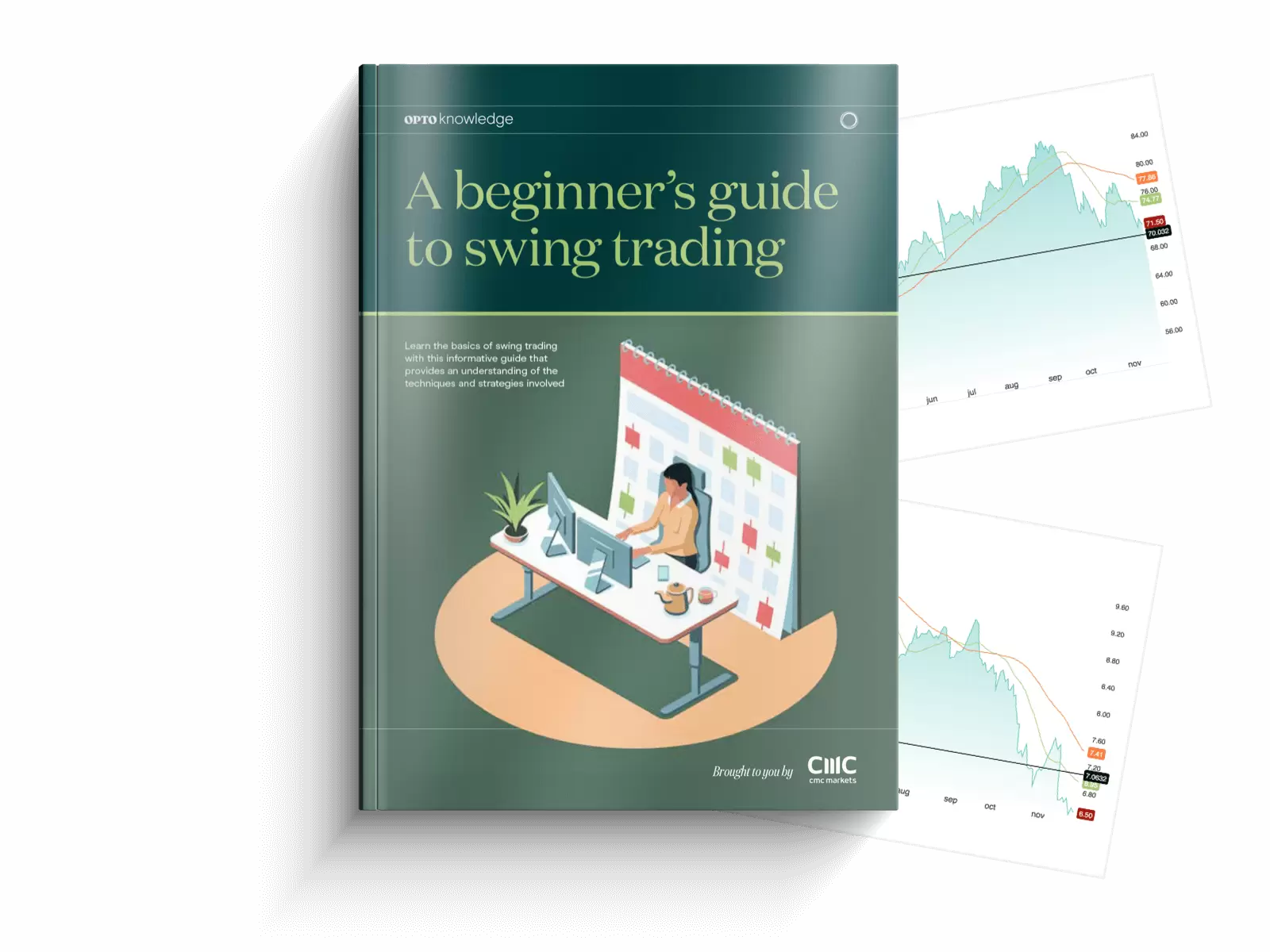Swing trading
Published on: 09/12/2021 | Modified on: 19/08/2022
Swing trading is a short or medium-term trading strategy designed to make a profit out of changes in price. Typically, a position in a financial asset is only held for a number of days before it's sold. It's the ‘swing’ in the asset's price, from one value to another, that gives the trading method its name. In this article, we explain the basics of swing trading, along with tips and examples of how to swing trade in the stocks and forex markets.
KEY POINTS
- Swing traders look to capitalise on an asset’s price fluctuating between two differing values
- It’s not defined as either a short or long-term strategy as it can take place over days, weeks or months
- A trader will look to “buy” an asset when they think that the market will rise, or “sell” when the market will fall in value
- Swing trading can be achieved through derivative products such as spread bets and CFDs
- Traders may use a combination of technical price action and fundamental analysis as support























